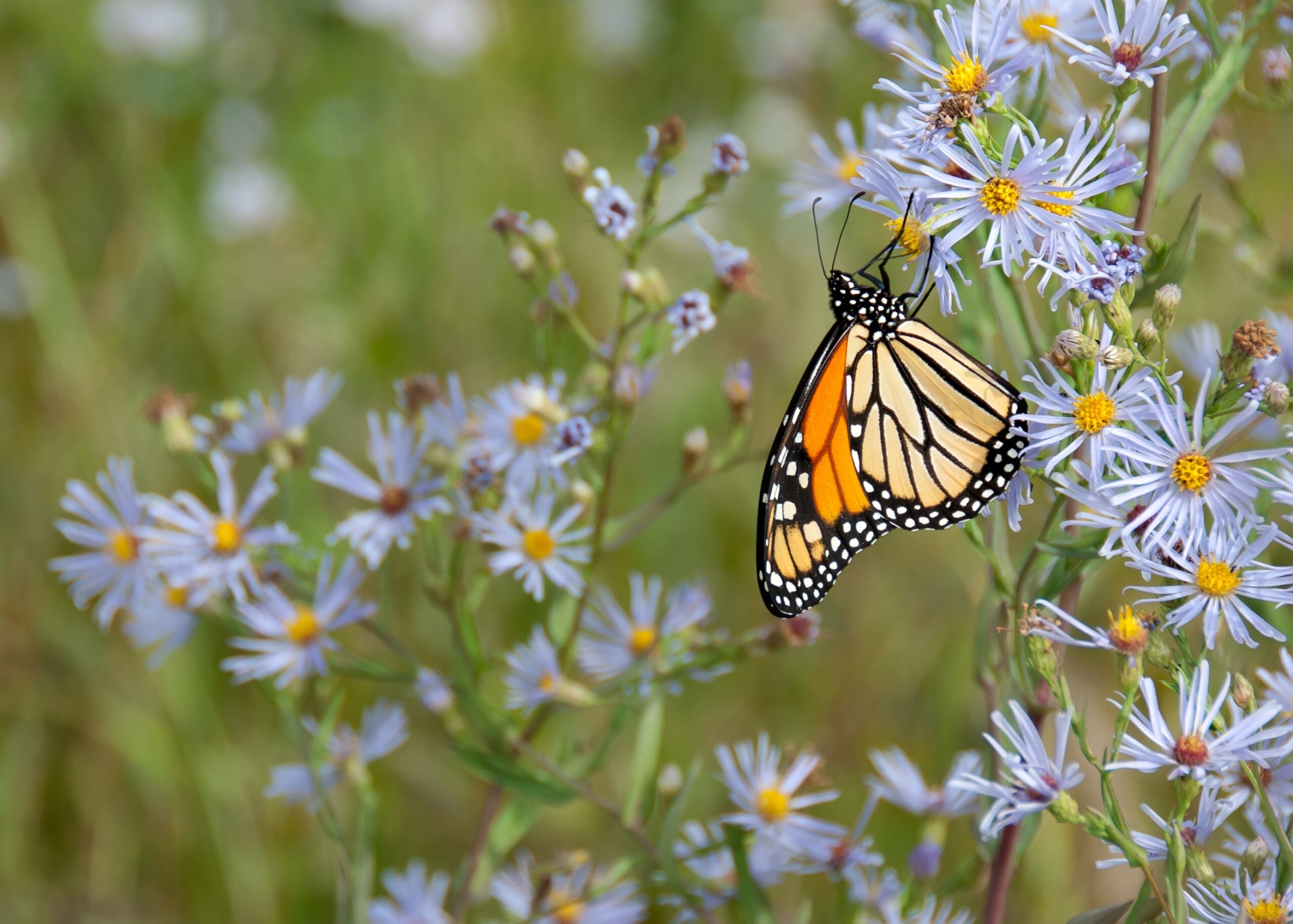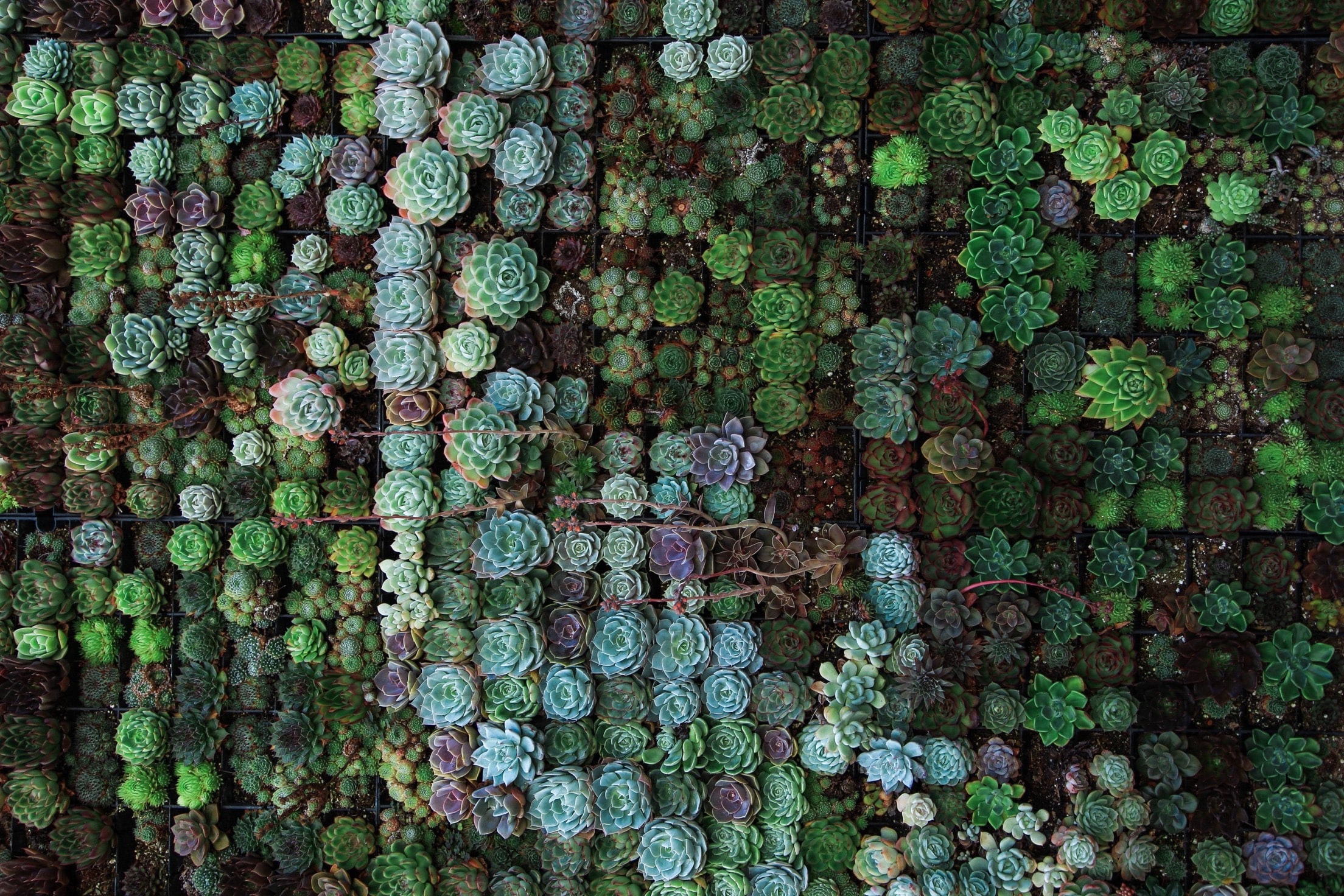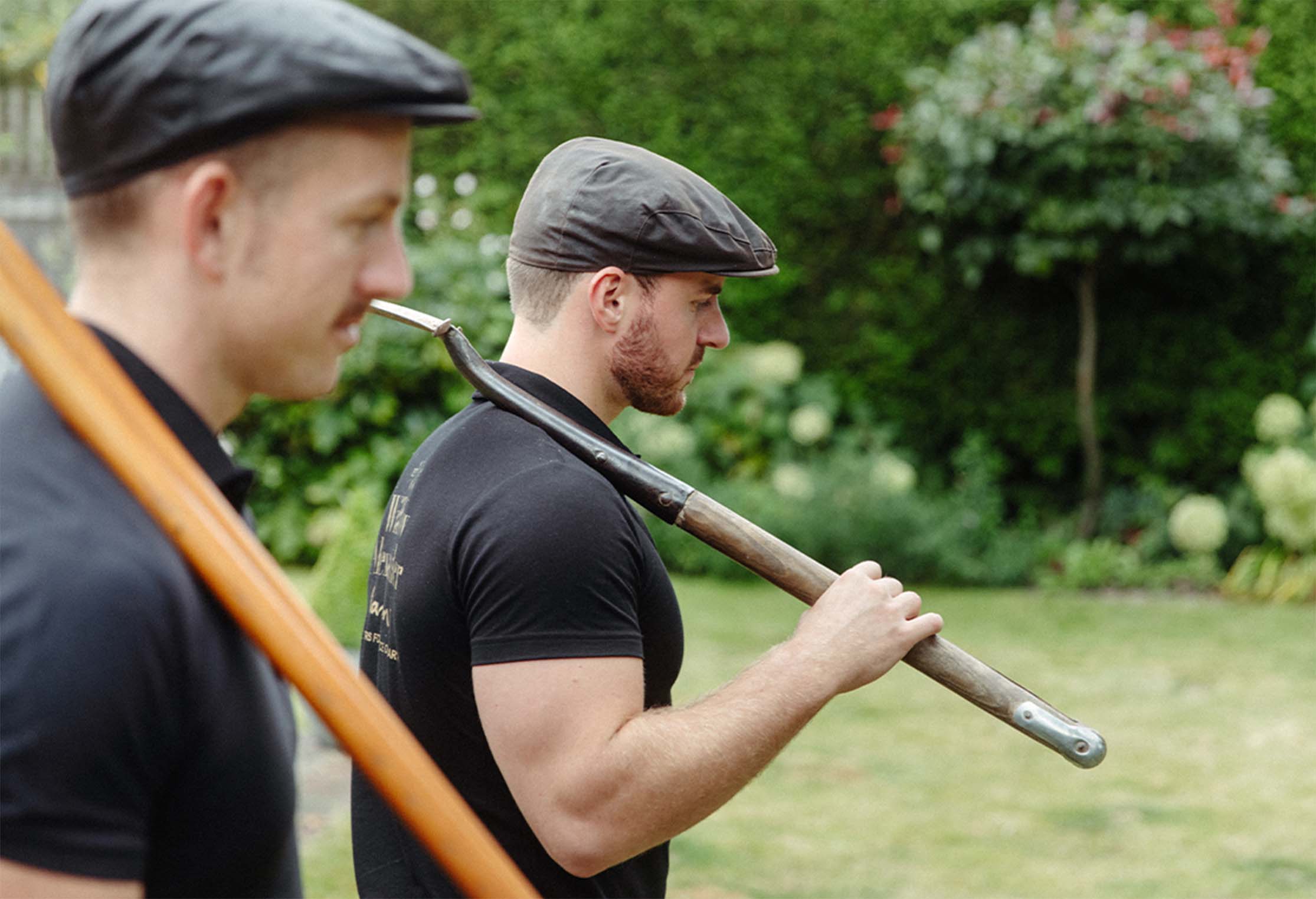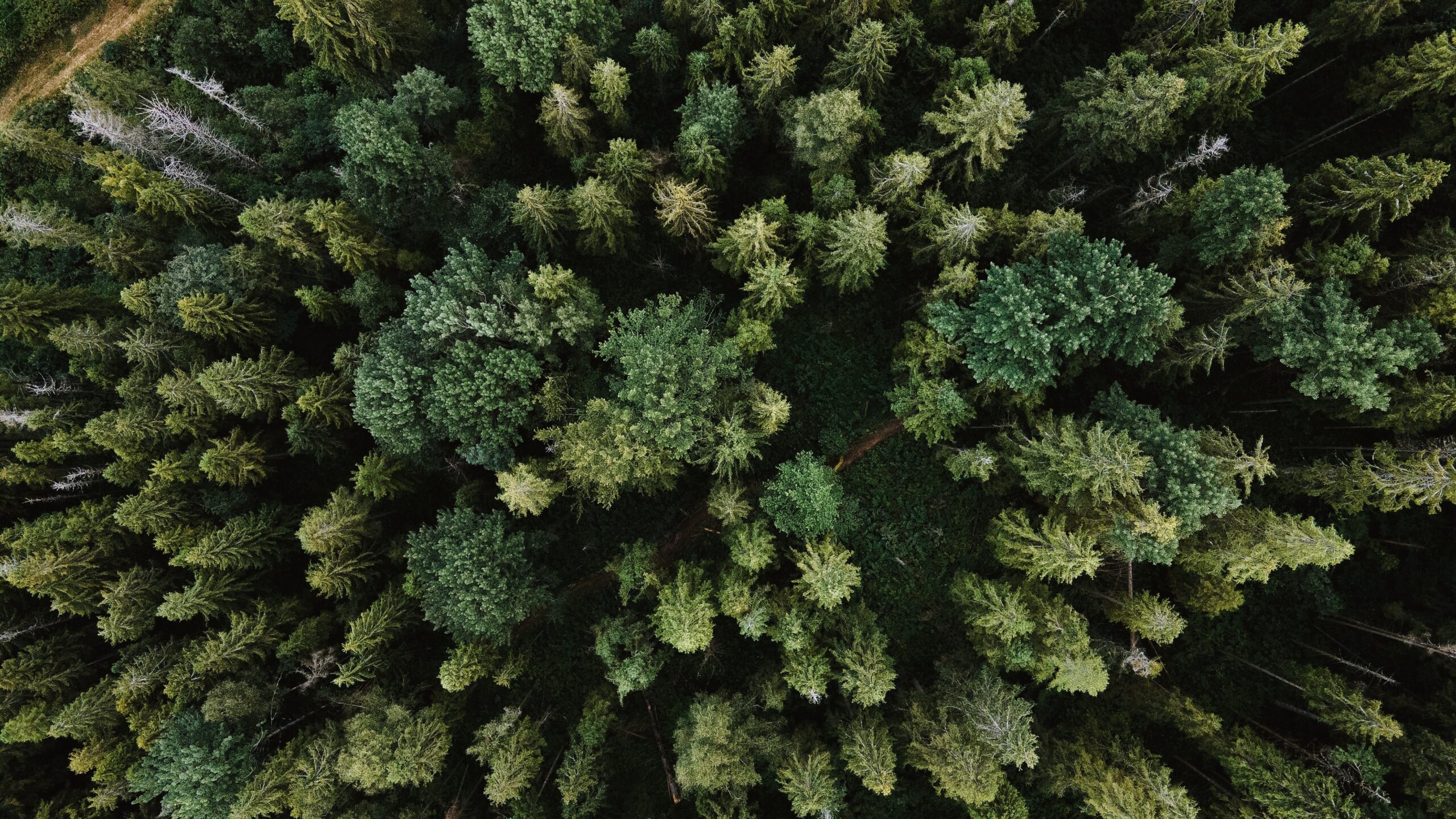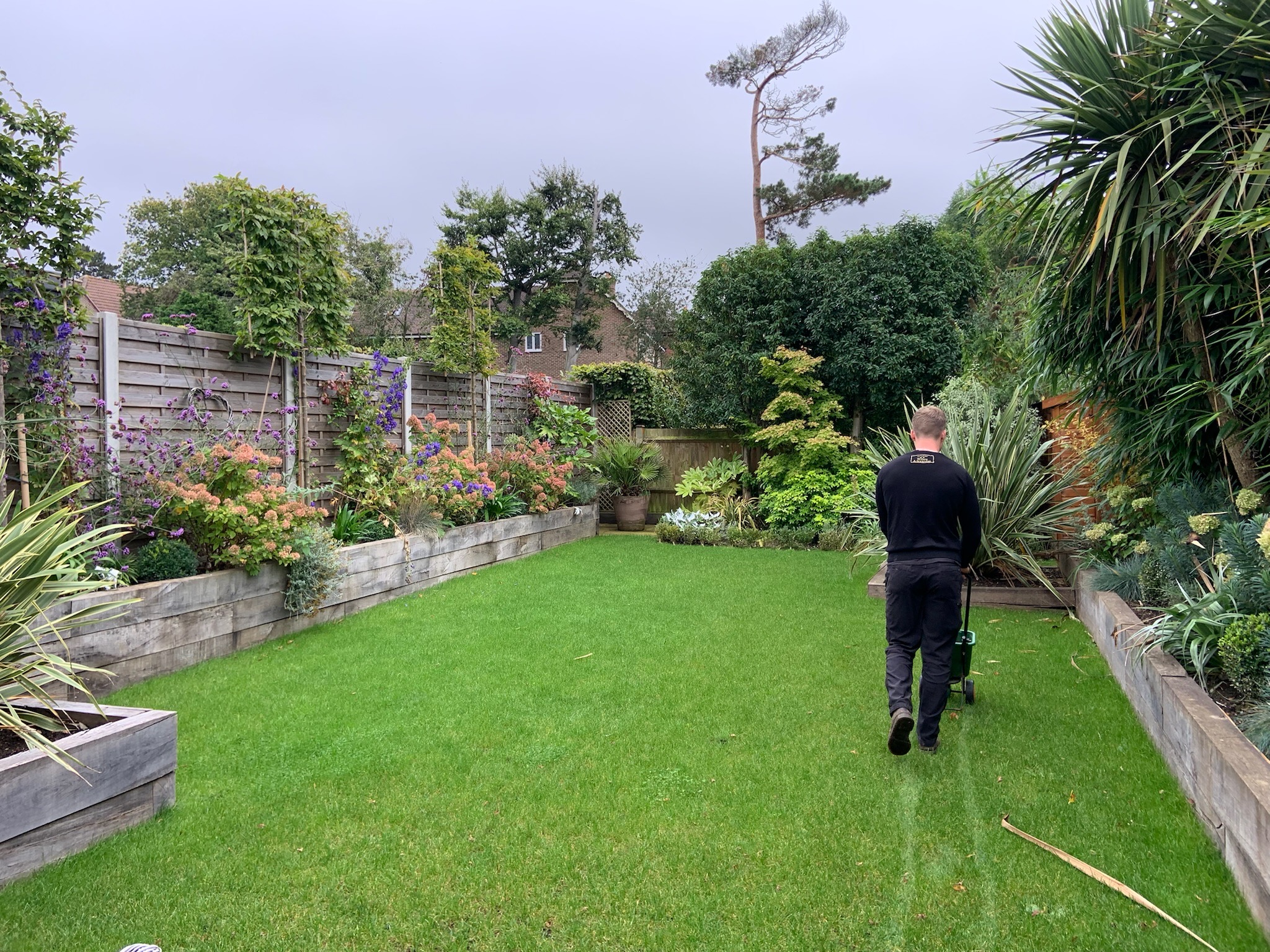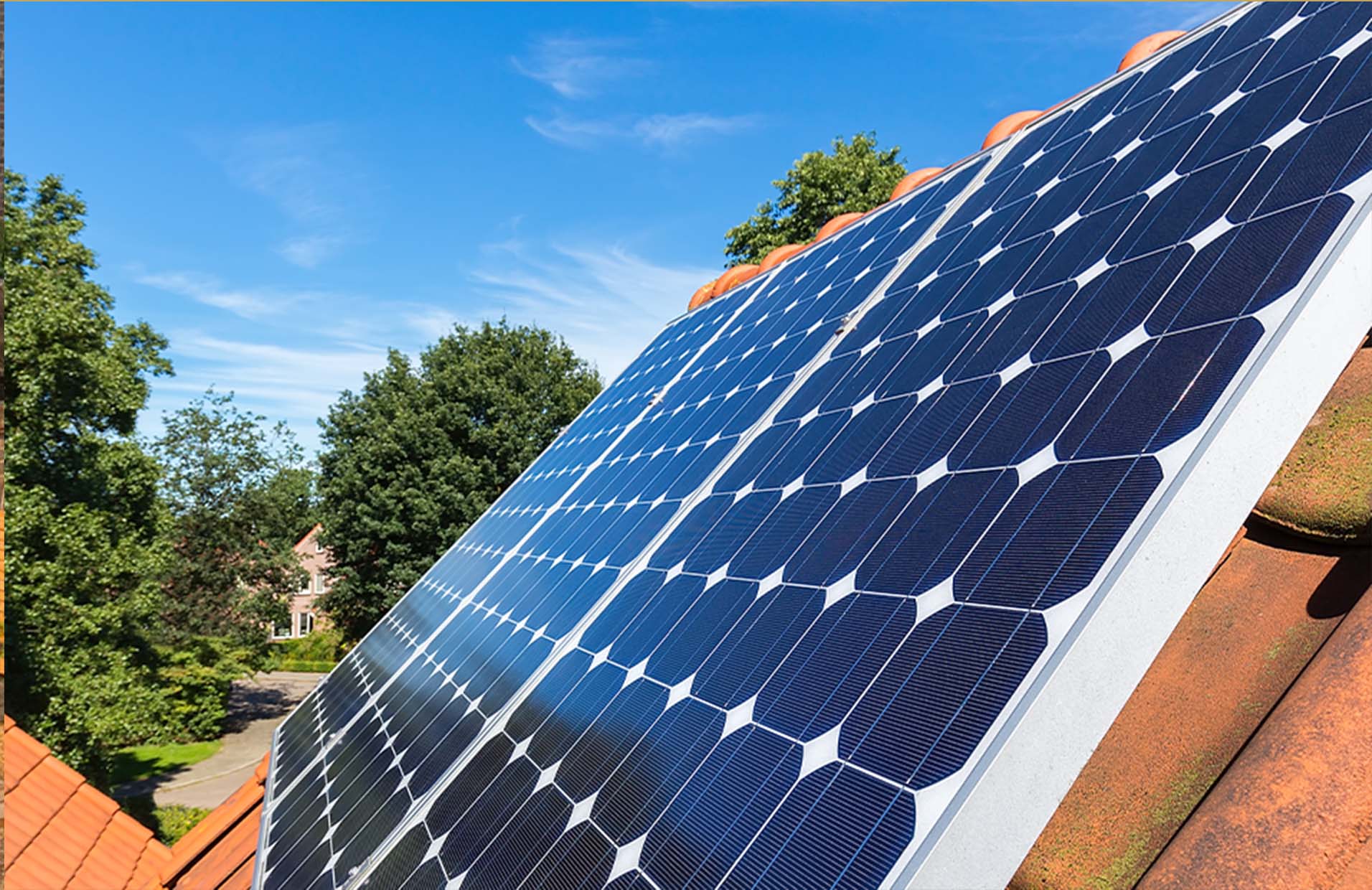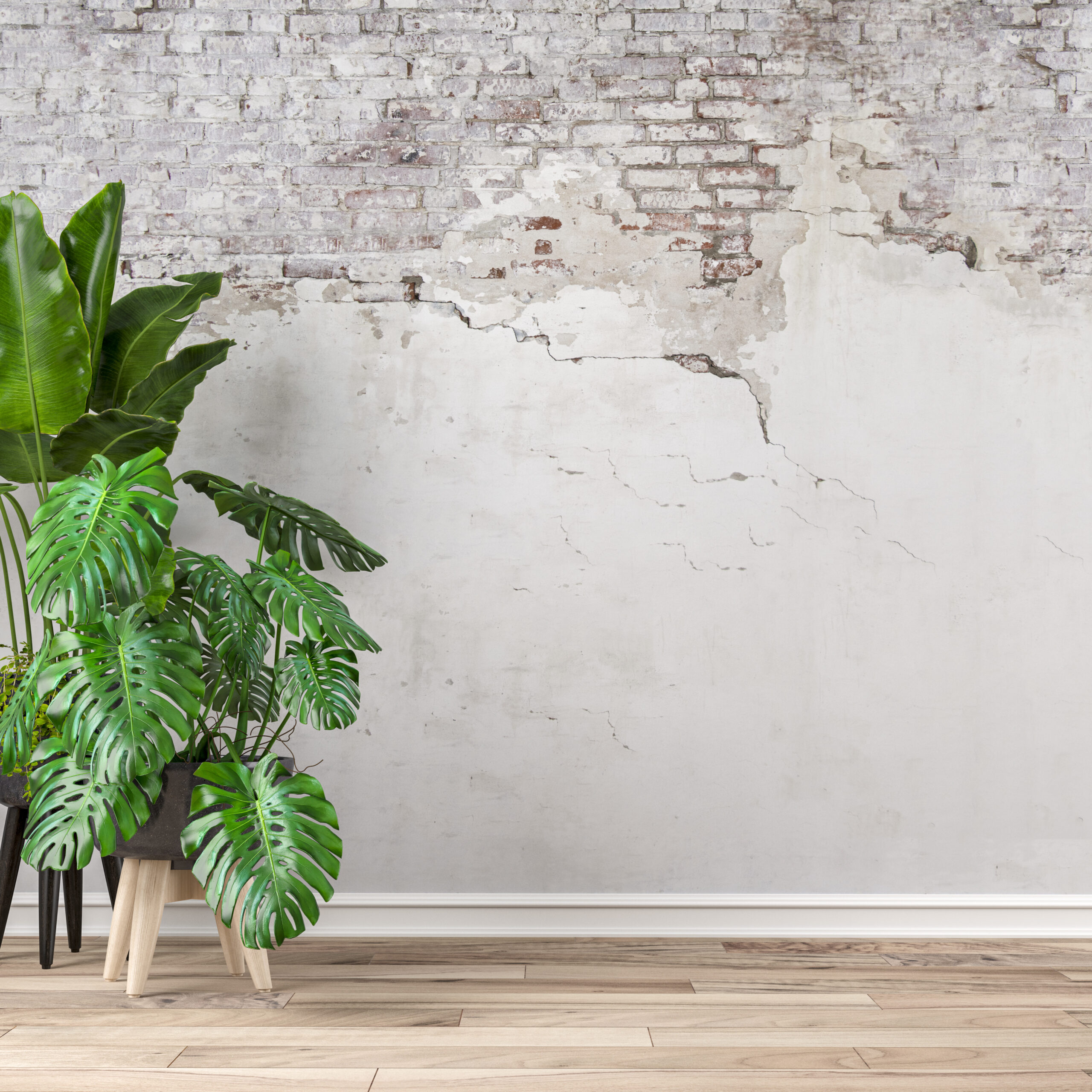Taking steps to be Carbon Neutral
When we started out on our mission to make ourselves a cleaner, greener company we thought it would be easy. Not cheap, not quick, but fairly straight-forward thanks to the fact that most of what we do involves working outside, in people’s gardens, in nature – the very thing we’re trying to protect.
Switching to vans that ran on electricity and tools that used batteries was just a question of updating the inventory as and when we could. We switched to organic fertilisers and made a conscious decision to work with like-minded partners wherever possible. We signed up to Ecologi who offset the carbon footprint of our staff, and not just during working hours. We moved offices and were able to switch to a renewable energy supplier. We thought that we’d nailed it and there wasn’t much more we could do, there are other gardening companies calling themselves carbon neutral or zero emissions out there after all.
But what they were saying and what they were doing didn’t add up. We wanted to do it right, being honest about where we were on this journey, and so the next step was to make it official. We had to search pretty hard to find the right company to provide the kind of accreditation we were looking for – carbon neutral certifications seem generally to be set up to certify a company or a product as opposed to a service provided in multiple locations – but we found the right partner for us in One Carbon World. We then set about collating data, searching through bank statements and calculating how spend equates to emissions.
What happened next was a surprise to us all. It turned out that almost 93% of our carbon footprint was created buying plants.
Curious, we dug a little deeper into how this seemingly natural process could possibly be 58 times more harmful to the planet than our annual gas and electricity bill, especially when plants have the ability to store carbon just like trees, the poster child for carbon offsetting.
In our calculations we were looking at the whole life cycle of the plants we were buying – from seed to sale – and as we all know growing a plant requires heat, water and an ability to thrive without being threatened by pests or disease. Research in Italy in 2012 showed that container grown plants produce emissions ten times higher than field grown plants due to their greater reliance on raw materials and resources like peat, fertilisers, electricity and water, especially in greenhouse and intensive growing conditions. A study in 2019 also showed that 57% of the carbon footprint of a begonia produced in a greenhouse and sold in a 12-plant tray was actually created by the use of plastic containers.
When you think about it it all makes sense. And while these same plants are carbon sinks when they are thriving in situ (meaning they store more carbon than they emit), this isn’t the case when they are in the propagation stage or when we dig a hole in the flowerbed to plant them which itself releases carbon stored in the soil into the atmosphere.
For full disclosure – as this year was our first year reporting our carbon footprint (a year that we’ll measure against in the future) we worked out our emissions for plant purchases based on expenditure, not on an audit by plant / type / source. The costs were therefore weighed against average requirements of an average plant up to the point of purchase. So the numbers don’t take into account any initiatives a nursery might have in place for reusing water, using renewable energy or organic products. However, now we’re armed with this knowledge we’ll be talking to our plant suppliers about what they’re doing to reduce their impact so they can provide us with more specific data for our orders in 2022. And where they’re not yet doing anything maybe we can provide a guiding hand to raise awareness about simple changes they could make that will make a difference.
Now, as a carbon neutral certified company and a member of the UN’s Climate Neutral Now Initiative we’ve taken the first step towards being able to offer a genuine net zero carbon service. We’re excited about what the future holds for Willow Alexander and our industry as we share these findings and expand our scope outside the South-East, and gardening.
Read about why we are doing this in our Why Be Eco?
Article written by Maddy Simpson





